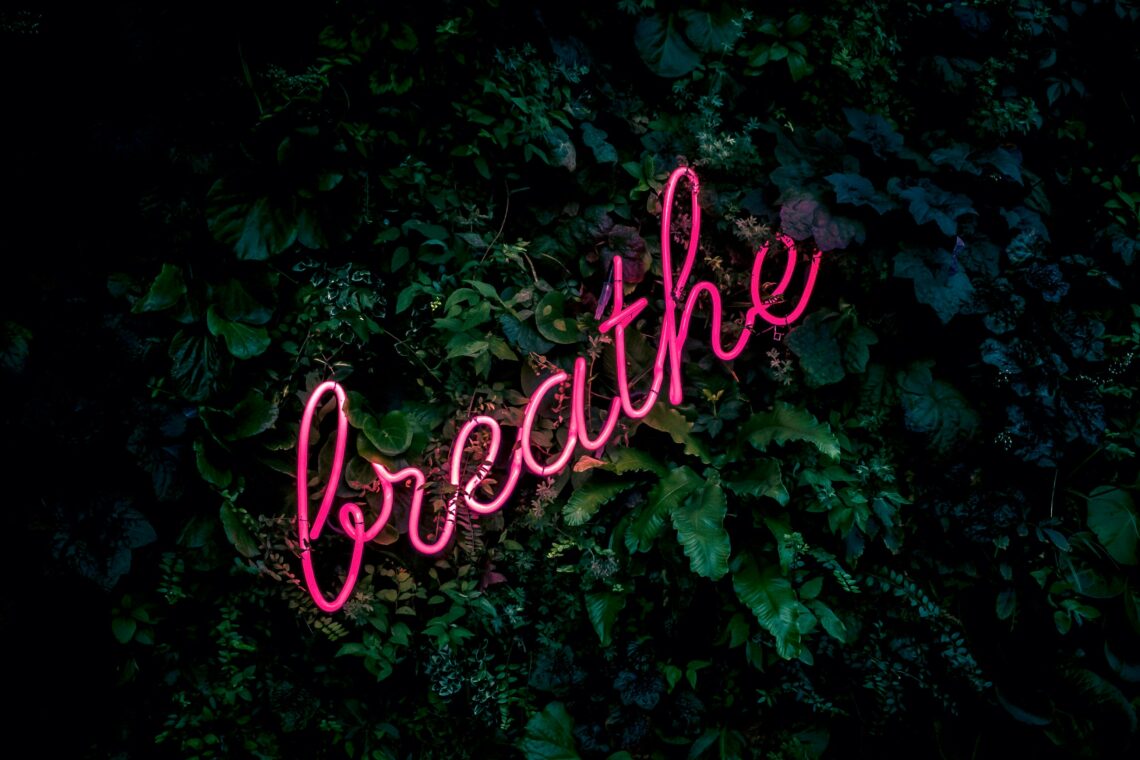Embracing Mindfulness as a Path to Holistic Wellbeing
In a world that often feels like a chaotic whirlwind of responsibilities, deadlines, and distractions, the concept of mindfulness seems almost revolutionary. Yet, it’s ancient—rooted in traditions that have persevered through centuries. But what is mindfulness, really? And how can it serve as a beacon guiding us toward holistic wellbeing? Let’s embark on this exploration together—no yoga mats required (though they wouldn’t hurt).
What is Mindfulness?
Mindfulness is simply the practice of being present in the moment, fully aware of your thoughts, feelings, and surroundings without judgment. I remember the first time I truly understood this while sitting in a park, watching leaves flutter in the breeze. It struck me how often I raced through life, my thoughts darting from task to task like a bee buzzing from flower to flower. Mindfulness invites us to slow down, breathe, and appreciate the now.
This practice has its roots in ancient Buddhist teachings, but its appeal has spread far beyond spiritual circles. Nowadays, it’s a buzzword in psychology, wellness, and even corporate settings. Some studies suggest that incorporating mindfulness into daily life can reduce stress, enhance focus, and improve overall wellbeing. So, can we really harness this simple practice to achieve holistic wellbeing? Let’s dive deeper.
The Science Behind Mindfulness
Research on mindfulness is burgeoning, and what we find is compelling. Neuroscientists have shown that mindfulness can bring about measurable changes in the brain. For instance, a significant number of studies have indicated that regular mindfulness practice can increase the density of gray matter in areas related to memory, self-awareness, and empathy. These aren’t just abstract concepts; they translate into real, tangible benefits in our everyday lives.
For example, a meta-analysis published in the journal “Psychological Bulletin” found that mindfulness-based interventions were effective in reducing symptoms of anxiety and depression. This is huge, especially as mental health issues are becoming increasingly prevalent in our fast-paced society. It’s like finding a hidden key to a door you didn’t even know was locked.
Mindfulness and Holistic Wellbeing
Now, let’s talk about holistic wellbeing. This concept is all about recognizing that our physical, mental, emotional, and social health are interconnected. You can’t really nurture one aspect of your wellbeing without considering the others—like trying to water just one flower in a garden (spoiler alert: it doesn’t work). Mindfulness fits seamlessly into this framework.
When we practice mindfulness, we become more attuned to our bodies. We learn to listen to what we need—whether that’s a break from our screens or a hearty laugh with a friend. This awareness can lead to healthier lifestyle choices, such as better eating habits and more physical activity. The relationship between mindfulness and physical health is also worth noting. By reducing stress, mindfulness can lower blood pressure, improve sleep, and strengthen the immune system. Talk about a win-win!
Practical Ways to Incorporate Mindfulness into Daily Life
So, how do we weave mindfulness into the fabric of our daily routines? The beauty of mindfulness is its versatility. Here are some practical tips:
- Mindful Breathing: Take a few moments each day to focus on your breath. Inhale deeply, hold for a count of four, and exhale slowly. This can be done anywhere—at your desk, in line at the grocery store, or even while waiting for your coffee. (Trust me, it’s easier than it sounds.)
- Mindful Eating: Next time you sit down for a meal, try to savor each bite. Notice the flavors, textures, and aromas of your food. It’s amazing how often we eat on autopilot, barely registering what’s on our plates. This can transform a mundane meal into a delightful experience.
- Digital Detox: In our hyper-connected age, taking a break from screens can be a game changer. Designate specific times to unplug. You might be surprised by how much more present you feel when you’re not scrolling mindlessly.
- Nature Walks: Spend time outdoors and immerse yourself in nature. Pay attention to the sights and sounds around you—birds chirping, leaves rustling, the feel of the ground beneath your feet. It’s a refreshing way to recharge.
The Role of Mindfulness in Stress Reduction
Stress is often described as the silent killer, and it’s not hard to see why. Chronic stress can lead to a myriad of health issues, from anxiety disorders to cardiovascular problems. Mindfulness acts as a buffer against stress; it invites us to step back from our worries and observe them instead of getting swept away. I remember a particularly stressful week when I felt like a juggler with too many balls in the air—work deadlines, family commitments, and social obligations. It was mindfulness that helped me find my center. By taking a few moments to breathe and acknowledge my feelings of overwhelm, I was able to navigate my week with greater clarity and calm.
Practicing mindfulness techniques—like meditation or yoga—can elicit the relaxation response, which counters the stress response. This can lead to lower levels of the stress hormone cortisol, improved mood, and a better overall outlook on life. Think of it as a mental reset button; it’s just what the doctor ordered.
Mindfulness in Relationships
One of the most profound impacts of mindfulness is its ability to enhance our relationships. When we practice mindfulness, we become better listeners and communicators. We learn to be present with our loved ones, setting aside distractions (like that pesky phone) and truly engaging in conversation. I recall a dinner with friends where, instead of scrolling through our phones, we focused on each other. The laughter and connection that flowed was palpable—a stark contrast to the awkward silences that often fill the air when everyone is glued to their screens.
Being mindful in relationships also means being aware of our responses. When conflicts arise—and let’s be honest, they will—we can approach them with a calm and open mindset. This doesn’t mean avoiding difficult conversations; rather, it enables us to engage in them more constructively. In essence, mindfulness becomes the glue that holds our relationships together, fostering understanding and compassion.
The Spiritual Dimension of Mindfulness
For many, mindfulness has a spiritual dimension. It can deepen our connection to ourselves and the world around us. Whether it’s through meditation, prayer, or simply spending time in nature, mindfulness invites us to explore our beliefs and values. It encourages us to reflect on what truly matters, guiding us toward a more meaningful existence.
Some people find that mindfulness opens the door to a greater sense of purpose. This can manifest in various ways—through acts of kindness, community service, or simply expressing gratitude for the small things in life. It’s a reminder that, amidst the hustle and bustle, there’s beauty to be found in the everyday.
Challenges in Practicing Mindfulness
As with any endeavor, practicing mindfulness isn’t without its challenges. Many people struggle with quieting their minds—thoughts can be persistent little intruders. I’ve had my fair share of “what’s for dinner?” and “did I reply to that email?” thoughts during meditation sessions. It’s important to remember that this is normal. The key is to acknowledge these thoughts and gently guide your focus back to your breath or your surroundings.
Another common barrier is the perception that mindfulness requires a considerable time commitment. Spoiler alert: it doesn’t! Even a few minutes a day can make a difference. The goal isn’t to achieve perfection; it’s about cultivating awareness and presence at your own pace.
Mindfulness Programs and Resources
If you’re curious about diving deeper into mindfulness, there’s a wealth of resources available. Many apps—like Headspace or Calm—offer guided meditations and mindfulness exercises. Local yoga studios often host mindfulness workshops, which can be a great way to connect with a community of practitioners. Books, podcasts, and online courses are abundant as well. Just remember, the best resource is the one that resonates with you.
As I’ve discovered on my own journey, mindfulness is as much about the process as it is about the practice. It’s okay to stumble, to experience moments of doubt. What matters is your willingness to keep showing up for yourself.
Conclusion: A Lifelong Journey
Embracing mindfulness isn’t just a trend; it’s a lifelong journey toward holistic wellbeing. It’s a path filled with twists, turns, and—let’s be honest—a few potholes. But the rewards are profound. When we commit to being present—mindfully engaging with our thoughts, emotions, and surroundings—we open ourselves to a richer, more fulfilling life.
So, as you contemplate your own journey, consider integrating mindfulness into your everyday routine. Whether it’s through mindful breathing, walking, or simply pausing to appreciate a sunset, each moment you embrace mindfulness is a step toward wholeness. And who knows? You might just find that life becomes a little sweeter, a little brighter, and a lot more meaningful.
In the end, mindfulness is about giving ourselves permission to be human—flaws and all. So, let’s take a deep breath, acknowledge the chaos, and step into the beautiful, messy tapestry of life with open hearts and minds.






